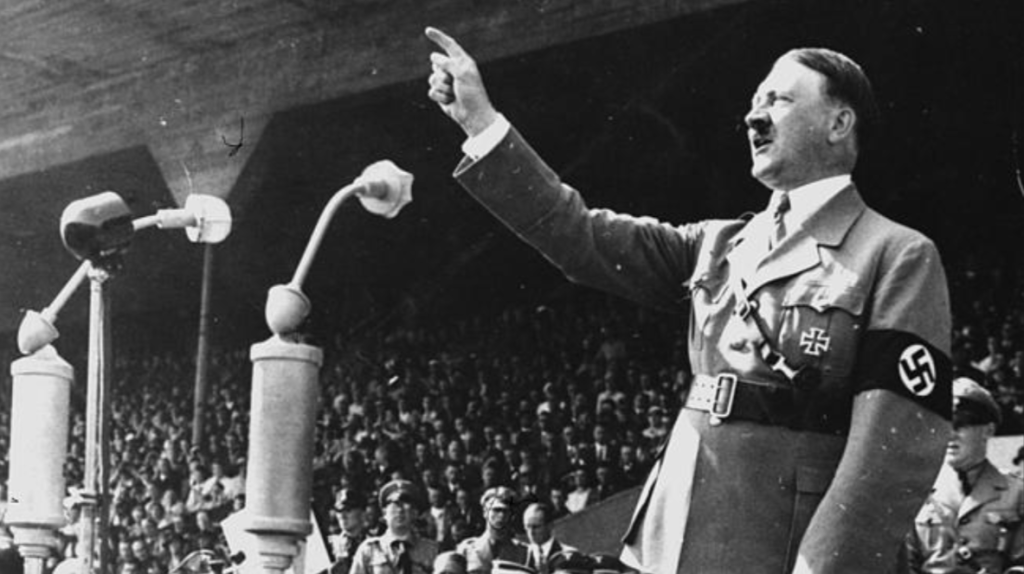From Chapter 2 of the essay All Shine: How Stewardship Built a Vision
Transformational leaders have made a significant impact on our world from the beginning of time. In all domains of knowledge, social policy and morality, these leaders have inspired others towards greatness, building cities and nations, ending slavery and other forms of injustice, and boldly expanding knowledge of humanity, even at the expense of death or ridicule.
But, to put it bluntly, transformational leadership can be dangerous.
Franklin Delano Roosevelt presided over the United States during the Great Depression and most of America’s involvement in World War II, and is almost universally credited with saving the economic system of the United States and inspiring a nation to collectively roll up its sleeves and work together to defeat fascism abroad. FDR was without a doubt, a profoundly transformational leader, and he is frequently pointed to as an example of this style par excellence by leadership scholars.
But, so was Adolf Hitler, the Chancellor of Germany and the chief architect of the most devastating war and large-scale murder in the history of the world. Like Roosevelt, Hitler provided intellectual stimulation, mentored his closest followers (consideration), provided inspirational motivation to the masses, and became the model of the very ideals he promoted in his speeches and policies.
In my understanding, the dark side of transformational leadership can be mitigated by promoting awareness of the dangers of authoritarianism and the need for leaders to encourage others to lead. Ultimately, the best transformational leaders work to build transformational leadership in their followers and leave behind a legacy that outlasts themselves. In other words, to be genuinely transformational and positive, leaders should steadily work to make their own selves obsolete.
Admittedly, this is extremely hard to do, which is why transformational leadership so often devolves into the dark side of charismatic leadership.

